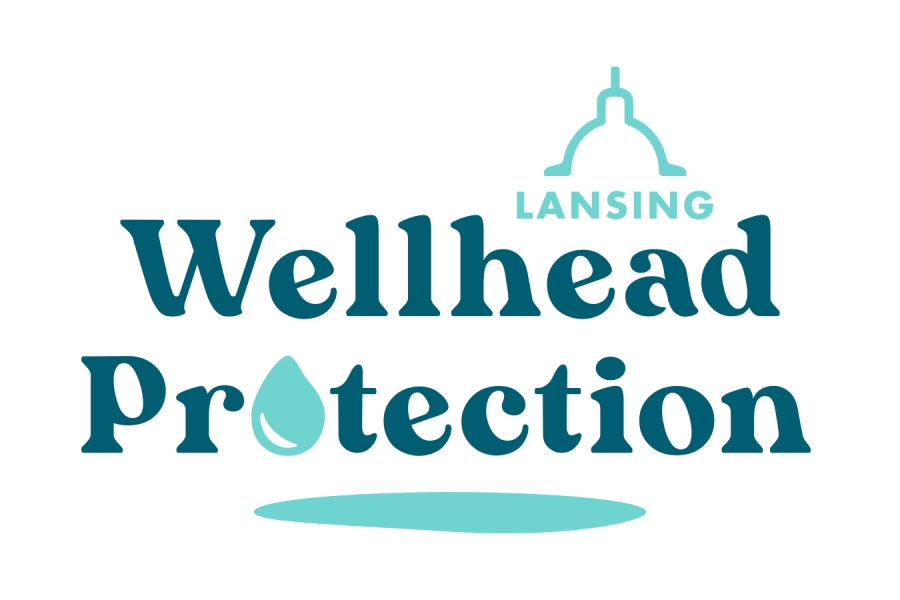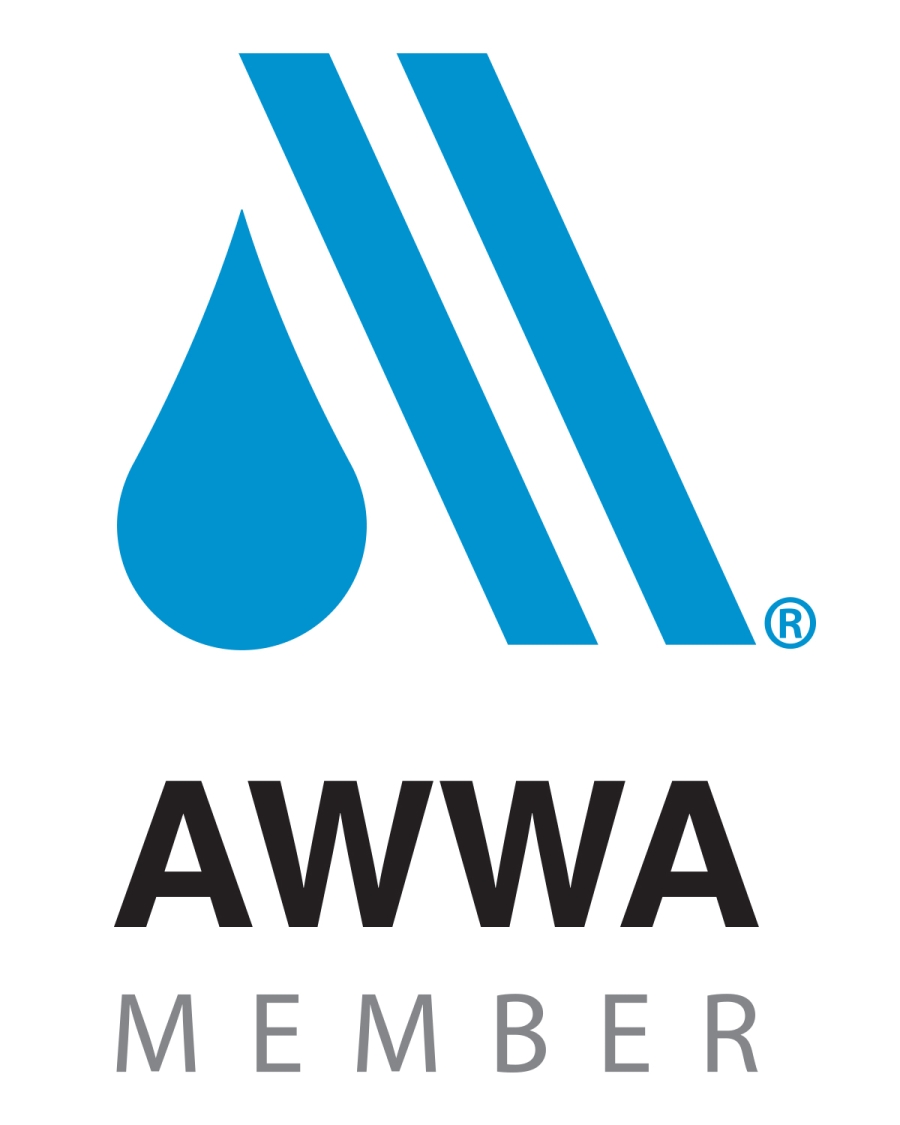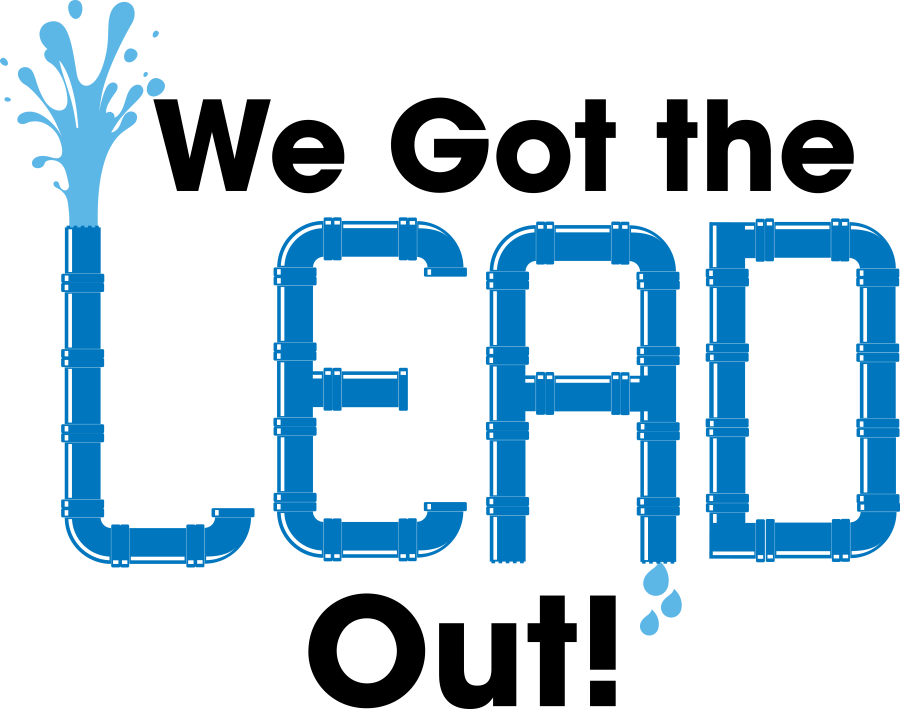Water Quality Report
BWL releases an annual water quality report to government agencies, customers and the public. We're proud to announce our water continues to meet or exceed all EPA standards.
BWL Water Quality
The Lansing Board of Water & Light takes pride in the water we provide to our customers. We have a great team of highly qualified water professionals monitoring the water quality of our raw, conditioned and distributed water. We are proud that our drinking water supply continues to meet or exceed all quality standards established by the U.S. Environmental Protection Agency (EPA) and the Michigan Department of Environment, Great Lakes, and Energy (EGLE).
Testing
The BWL runs a variety of tests on the raw, conditioned and distributed water multiple times a day. Tests for bacteria, softening parameters, inorganic and organic compounds are performed in our laboratories to maintain the quality of your water. The BWL performs over 240,000 water quality tests per year at the water conditioning plants and over 16,000 tests in our environmental lab to track more than 100 common constituents.
Water Source
The BWL draws its water from the Saginaw Aquifer, a groundwater supply that has been called one of the finest natural sources of groundwater in the United States. Learn how the groundwater moves through our plants and reaches your tap in this in depth video here.
If you have questions, please contact BWL’s Water Quality Administrator at 517-702-7059 or water@lbwl.com. For discolored water or main breaks, please call 517-702-6006.
Water Association Involvement
The Lansing Board of Water & Light (BWL) is proud to be affiliated with many different groups involved in drinking water and protecting the aquifer that supplies that water. We’d like to encourage members of our community to learn more about these groups. BWL drives the efforts in Lansing for being stewards of the aquifer and protecting drinking water, but it can’t be done by us alone. It involves collaboration with other governments, other industries and the public.

It is the Lansing Wellhead Protection team’s mission to promote the stewardship of local groundwater resources. The BWL has been a member of the Lansing Wellhead Protection Program (LWHPP) since June 27, 2000, following the source water protection addition into the Michigan Safe Drinking Water Act in 1996. BWL drinking water comes 100% from groundwater (wells) from an aquifer called the Saginaw Formation. BWL is actively involved in the LWHPP to protect this great resource.
While Lansing’s drinking water source is largely protected from contamination or direct contact with surface water by layers of clay and shale, there are susceptible areas where contaminants could get through. Actions taken on the surface can impact the groundwater we drink, and it is everyone’s responsibility to help keep our groundwater clean and safe. To learn more about the water you drink in the Lansing area and how you can protect it, visit here.
“The Groundwater Management Board (GMB) provides a forum for the coordination of groundwater matters in the tri-county region, and reviews and comments on land use and/or water development projects that may have a potential impact on groundwater management.” The BWL has been a member of the GMB since its initiation in 1982. “Additionally, GMB is composed of representatives from Michigan State University and governmental units from Clinton, Eaton and Ingham counties, and was designated by the State of Michigan as the local Large Water Users Group. Should there be a water use dispute, the GMB acts as the organizing body for discussion and mediation.
The Groundwater Technical Advisory Council (GTAC) is an advisory council of the Groundwater Management Board. It is comprised of groundwater specialists from local government, local health departments, state agencies and other organizations that play a direct role in groundwater protection. The GTAC advises the GMB on technical matters related to groundwater management.
Visit Groundwater Management Board (GMB) to learn more or find out how you can provide comments. Meetings are open to the public, dates and times are available on the website.”

"This AWWA section is a community of water professionals dedicated to treating, delivering, and protecting clean, safe water for Michigan communities. Our mission is improving lives through the effective management of water, Michigan's most vital resource”.
BWL has many employees active in MI-AWWA from attendees at conferences, volunteers, instructors, presenters, Board of Trustees and the Chair. This kind of involvement increases our networking opportunities and expands our resources in times of need for consultation or materials. Also, this involvement demonstrates the commitment of the BWL to stay current on emerging contaminants and best practices for maintaining clean and safe drinking water.
Visit MI-AWWA to learn more or find out how you too can get involved.

“AWWA at the national and international level was formed to “promote public health, safety, and welfare through the improvement of the quality and quantity of water.” The BWL is involved at the national level to stay abreast of water trends, issues or developing treatments that may be happening outside Michigan.” Check out the AWWA here.
“The Water Research Foundation (WRF) is the leading research organization advancing the science of all water to meet the evolving needs of its subscribers and the water sector. WRF is a 501(c)(3) nonprofit, educational organization that funds, manages, and publishes research on the technology, operation, and management of drinking water, wastewater, reuse, and stormwater systems—all in pursuit of ensuring water quality and improving water services to the public.
WRF was formed in 2018 through the integration of three highly respected research collaboratives: WateReuse Research Foundation, Water Environment Research Foundation and Water Research Foundation. Separately, these organizations focused on research to support varied segments of the water sector—water reuse, wastewater and stormwater, and drinking water, respectively. Now a One Water organization, WRF delivers the research and innovation programming the sector needs to address the most pressing water issues holistically”.
“The Water Research Foundation” https://www.waterrf.org/, 2023

Background
In 2018, the Michigan Safe Drinking Water Act, revised the Lead and Copper Rule (LCR), requiring water supplies serving a population of 50,000 or more to create a water system advisory council. Pursuant to this requirement, in April 2019, the BWL brought community members together to establish an advisory council. The council’s sole function is to advise the BWL on matters relating to protection against lead exposure in drinking water and promoting public awareness.
Responsibilities
The responsibilities of the council shall include, but not be limited to, the following:
- Develop plans for continuing public awareness about lead in drinking water, even when the action level is not exceeded.
- Review public awareness campaign materials provided by the statewide drinking water advisory council to ensure the needs and interests of the community, considering the economic and cultural diversity of its residents, are addressed.
- Advise and consult with the BWL on the development of appropriate plans for remediation and public education to be implemented if a lead action level is exceeded.
- Advise and consult with the BWL on the efforts to replace private lead services lines at locations where the owner declined service line replacement.
- Assist in promoting transparency of all data and documents related to lead in drinking water within the BWL service area.
- Collaborate with local community groups to ensure that residents have the opportunity to be involved in efforts to educate the community about lead in drinking water.
- A water system advisory council may independently seek advice, direction and assistance from the department or the statewide advisory council.
“WaterISAC is the only all-threats security information source for the water and wastewater sector. We serve over 3,200 water sector personnel across several hundred utilities and other organizations. Our utility members provide water and wastewater service to most of the United States, and we also serve utilities in Canada, Australia, and New Zealand. Membership is also open to organizations in the U.K. and the Netherlands.”
“WaterISAC is the most comprehensive and targeted single point source for data, facts, case studies, and analysis on water security and threats from intentional contamination, terrorism and cyber crime. WaterISAC also provides analysis and resources to support response, mitigation, and resilience initiatives. We deliver timely, actionable information you can put to use right away to supercharge your security.”
